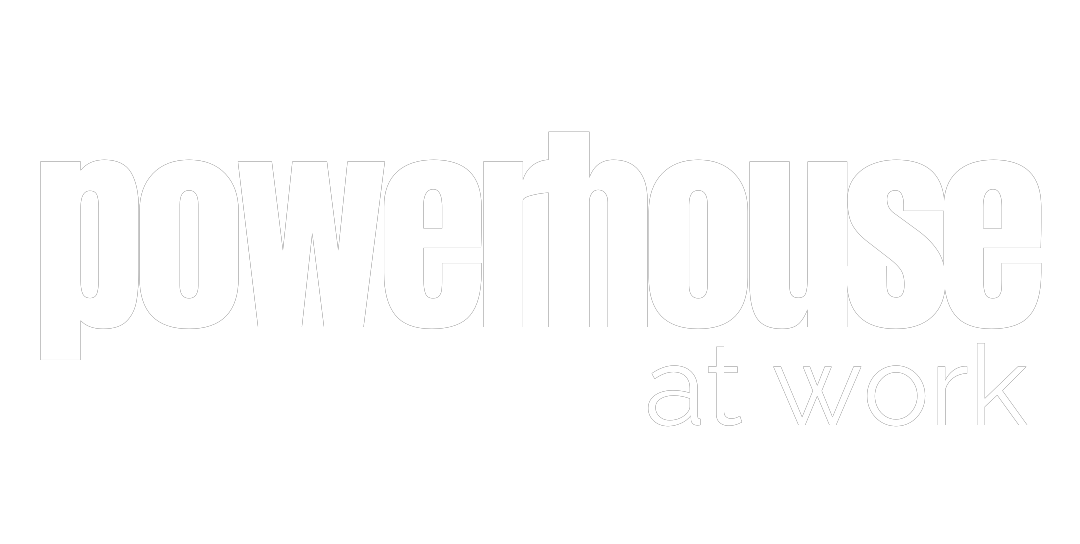How to write a resume
Your resume is much more than just a piece of paper; it’s a personal marketing tool, skillfully highlighting your value proposition. It showcases your skills and experiences, answering that pivotal question for potential employers: why you?
Creating a compelling resume is often key to unlocking exciting career opportunities. Let’s explore the art of resume writing. Before we delve in, it’s important to recognize that a resume is subjective. Recruiters and hiring managers have their stylistic preferences, but these are just that—preferences. These approaches to resume writing can vary significantly. Therefore, it’s crucial that the person most satisfied with your resume is you. You are the constant in your job search journey, and it’s vital that you feel comfortable with how this professional tool represents your offerings.
Writing a Resume with a Strong Header
Begin your resume with a clean, professional header. Include your full name, phone number, and email address. For your address, you can either list your full address or simply the city and state/province.
Kick Off Your Resume Core Text with Focus
Right after your header, it’s wise to craft a summary, profile, or headline that denotes your professional field. For example, you may say “Dynamic Project Manager with a decade of experience helping FinTech organizations realize their goals”. A headline might look something like “Results-Driven Senior Project Manager”. This sets the tone for your resume and quickly informs the reader of your area of expertise.
Page One of a Resume is Prime Real Estate
The content following your header and summary or headline is critical. If your resume spans two pages, treat page one as prime real estate. Without impressing on page one, the reader is unlikely to continue to page two. Objectively consider if your education is relevant to your field. If your background isn’t directly related, prioritize showcasing relevant skills and experiences on the first page.
The goal is to infuse your resume with skills and experiences pertinent to your desired job. We want to eliminate any doubts about relevance. For instance, if you’re aiming for a Marketing Manager role, your resume should clearly reflect marketing expertise, making it straightforward for recruiters and hiring managers to see why your resume deserves a closer look.
Common Resume Flow
1. Header
2. Summary
3. Education and/or designations (if relevant, place on page one)
4. Skills or areas of expertise
5. Accomplishments or highlights
6. Work experience
7. Volunteer experience (if appropriate)
8. References available upon request
Share Your Work Experience, Highlighting Wins
Detail your work experience in reverse chronological order. For each role, include your job title, the company name, location, and dates of employment. Focus on your responsibilities and achievements, especially your contributions.
Don’t just list job responsibilities—highlight your accomplishments. Consider using bold text for quantifiable metrics that demonstrate high performance. For example, “Responsible for global campaign management, including the conceptualization of an award-winning campaign that doubled conversions”. Aim to illustrate the impact you’ve made in previous roles, whether through increasing sales, streamlining processes, or leading successful projects. Numbers speak volumes.
Showcase Relevant Skills
Create a dedicated section for your skills. Include both hard (technical abilities) and soft skills (like communication and leadership). Use keywords from the job description and/or that are common in your desired field to ensure your resume aligns well with applicant tracking systems.
Keep It Concise
Resist the temptation to include every detail. A resume should be a snapshot, not an autobiography. Target a length of one to two pages, focusing on the most relevant information to spark the employer’s interest.
Be Mindful of Formatting
Select a clean, professional layout with a legible font and consistent formatting. Create clear sections for easy readability. It should look polished and organized at first glance, clearly reflecting your field of work.
Proofread Like Your Career Depends on It
Typos and grammatical errors can be a resume’s downfall. It’s easy to overlook errors after working on a document for a while. Consider having a friend proofread it, or use spellcheck and a “read aloud” function for review. Attention to detail is crucial.
Your resume is your personal brand statement. Crafting it thoughtfully is a crucial step toward your career success. Tailor each resume, showcase your achievements, and present a polished document that tells your unique professional story. You got this!
Next up is your job search. Click here for more on that.





